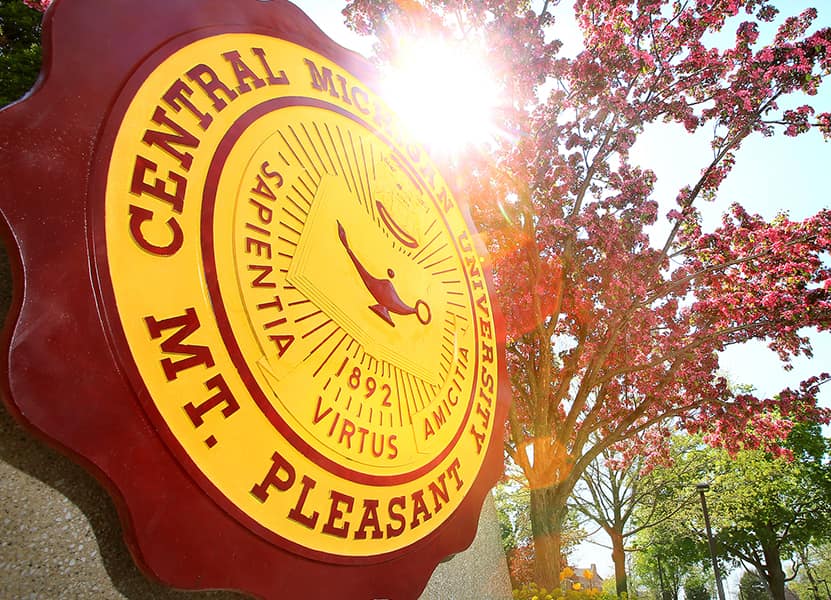This is an artificial collection of research copies from the Ernest Hemingway (EH) collection at the John F. Kennedy Presidential Library. This artificial collection is organized like the originals. Series 2 is outgoing correspondence from EH, in chronological order; Series 3 is incoming correspondence, organized alphabetically by the sender’s name, and then in chronological order; and Series 4 is Other Materials (Camping Trip, 1916 Notebook). As is typical with Hemingway correspondence, there are many nicknames and artistic descriptions. All the letters and the notebook are handwritten.
In this artificial collection there is one folder of Series 2 outgoing correspondence (copies) from EH to his parents, sister Marcelline, grandfather A.T. Hemingway, and friends Emily Goetzman, Barney Lawrey, and Grace Quinlan. The letters include news of family, friends, social, family events, and farm activities. EH notes ripe vegetables he harvested and pounds of fish including brook trout he caught and sold to Dilworth. In an April 1919 letter to Lawrey EH state that he is not going to marry. In an Aug. 1921 letter to Marcelline he begs her to come north for his wedding to Hadley.
The majority of this artificial collection is from Series 3, incoming correspondence, organized alphabetically by the sender’s name, and then in chronological order. Most of the letters are from EH’s Michigan friends, including the Dilworths and Marjorie Bump Main. There are also letters from his mother, Grace Hall Hemingway, his grandfather, A.T. Hemingway, and siblings, Ursula and Leicester (including brief notes from siblings Marcelline and Sunny), and from a variety of other friends including Jim Gamble.
His Camping Trip, 1916 notebook from Series 4 includes notes about his trip, fishing, and trip accounts.
Researchers may also be interested in other Hemingway collections and related collections in the Clarke.
Copyright and intellectual rights: Copyright and intellectual rights for Hemingway collections are complex. While this is a research copy collection, researchers should still review the copyright information in the front of the box and the JFK website for this collection at https://www.jfklibrary.org/sites/default/files/archives/EHPP/EHPP-FA.xml.
Biography:
Ernest Hemingway was born on July 21, 1899 in Oak Park (Ill.), the son of Dr. Clarence and Grace Hall-Hemingway. He had five siblings. The family summered at Walloon Lake near Petoskey (Mich.). After his high school graduation, Hemingway served as a volunteer ambulance driver for the American Red Cross in Italy. He was wounded by an Austrian Trench mortar in July 1918, and recovered in Milan and the U.S., to which he returned in Jan. 1919. Beginning in 1920, Hemingway sold his stories to the Toronto Star on a piece-by-piece basis. In 1921 he married the first of his four wives, Hadley Richardson, with whom he had a son, John H. N. They lived in Paris and Toronto. In 1926 Hemingway wrote his breakthrough novel, The Sun also rises. Several other novels soon followed. After Hadley divorced him, Ernest married Pauline Pfeiffer in 1927. They had two sons together, Patrick and Gregory. The Hemingways enjoyed Key West (Fla.) fishing and lived in Paris and Key West. In 1940 Pauline divorced him. Ernest then moved to Havana (Cuba), where he married Martha Gellhorn. In 1945, he divorced Martha. Hemingway married Mary Welsh Monks in Havana in 1946. They lived in Italy and Cuba, and traveled throughout Europe and Africa. After the Cuban Revolution they lived in Idaho. On July 2, 1961, Hemingway committed suicide. Hemingway is considered one of the greatest and most influential American author of the 20th century. He wrote many novels, essays, a film, and play, and reported on the Spanish Civil War and World War II. Many of his movies were sold for film rights for huge sums of money. In 1953 Hemingway was awarded the Pulitzer Prize for fiction for The Old man and the sea. He was awarded the Nobel Prize for Literature in 1954. (Information from American National Biography Online.)
